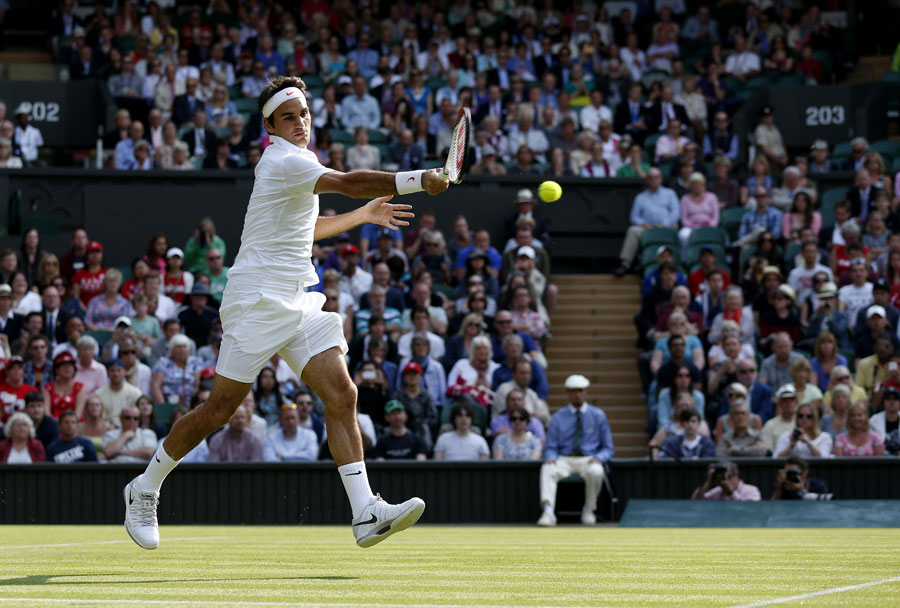
The weeks following the Australian Open and Wimbledon are usually toss-off weeks; all the top players are worn out from the grind leading up to the event or the demands and tensions of those events. They can't afford that luxury at the French Open, because Wimbledon comes on so quickly and is played on a grass surface so different from clay.
This year has been the exception to this rule, though, and this deviation suggests that while players may complain, sometimes bitterly, about the long tennis "season" come October, the system works and the options it offers are a useful feature of the game for the players as well as the fans.
The post-Australia swing gave Rafael Nadal a great platform for testing those damaged knees and working his way into mental and physical shape for the European clay-court circuit. Last week, WTA No. 1 Serena Williams decided to take a busman's holiday on clay in Bastad (no doubt partly to wipe the bitter aftertaste of her round-of-16 loss at Wimbledon out of her mouth), while Roger Federer made his return to Hamburg, the site of so many of his great performances after a long absence.
Serena is laying low this week, but Federer is playing -- again. He's in Gstaad, the Alpine Swiss town that's got an exotic, James Bond-ish allure. What is it with this guy? Does his mother have to take the racket out of his hand to make him take a break?
The reality, of course, is that Federer seems to be pulling out all stops to get accustomed to his new racket, which has a 98-square-inch head, about eight percent larger than the frame he used throughout his entire career until now.
The results in this early stage have been mixed. The racket clearly gives Federer a greater degree of pretty much everything in his arsenal, but it also magnifies the role timing plays in his game. He's like a racecar driver testing a car that has x-amount more horsepower and a higher top end, but a more delicate throttle.
The tricky part of making this change is not whether Federer can learn to use the new frame; it's about how long it will take him to use it with confidence, and to get that, you need Ws -- plain and simple. Without them, you end up spinning your wheels … or blaming your equipment.
Fast approaching 32, Federer may have played himself into a hole by adding these clay-court tournaments with the US Open coming up. While I'd never write him off as long as his breath shows on a mirror, there's a chance that Federer, who's down to No. 5 in the rankings, may have decided that he'll spend the rest of this year getting accustomed to the new racket and make a big push again in 2014. The clock may be ticking, but not necessarily at the same rate as our own. Federer has never had a serious injury, and at times, has looked like he can play forever -- or at least as long as Kimiko Date-Krumm.
By the way, Federer's Swiss compatriots aren't the only ones who will suffer this week (believe it or not, Gstaad is blacked out on Swiss TV). US fans may suffer, too, as Federer has enough seniority and credentials to skip any of the American hard-court events he wants to.
Maybe we're just experiencing a complex and multi-layered period in tennis, but there's no doubt that the big stories concerning the top players are no longer contained in the precious eight grand slam weeks; they spill over and help create a running narrative for the entire year.
This article originally appeared on ESPN.com

